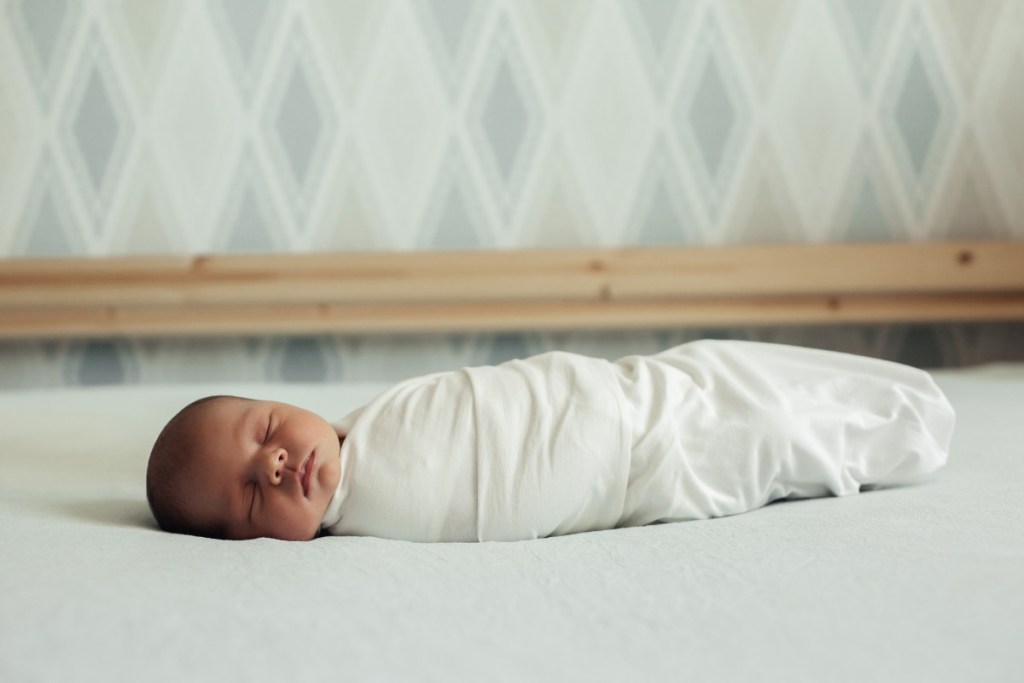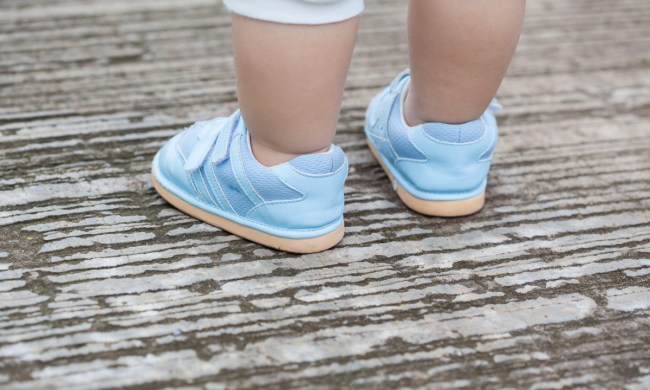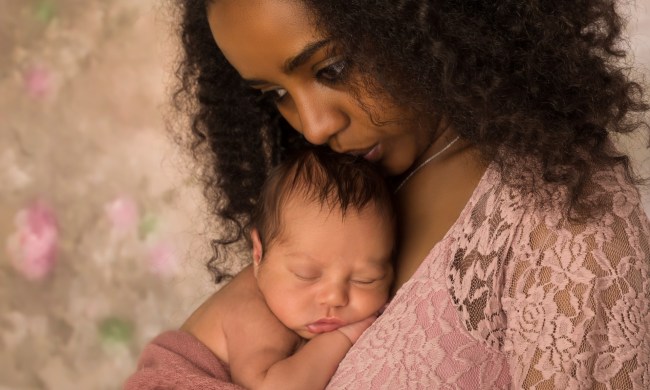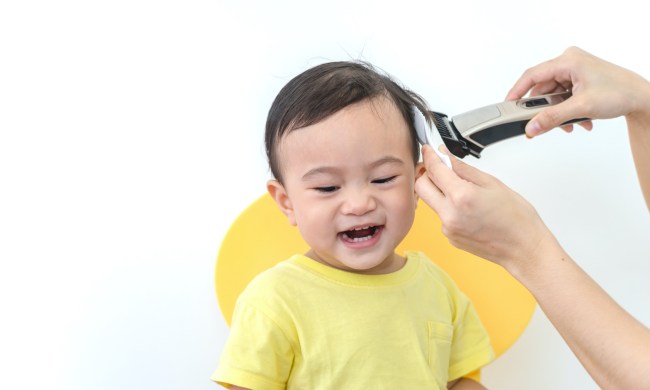For new moms and dads, seeing their babies roll over and begin to move around can feel like a whole new world opening before their eyes. New milestones begin coming almost daily it seems, all the while seeing their child’s wonder of this new world unfold. It causes them to ask questions like, “When can babies sleep on their stomach? When is it too early? Is a 4-month-old sleeping on their stomach considered safe?” Baby’s discovery of everything that is new and exciting can feel overwhelmingly nerve-wracking and joyous at the same time. Along with this new movement and exploration comes rolling, and eventually to the excitement of witnessing your baby rolling over.
It’s often during this time that parents often find themselves wondering if a new sleep routine is needed, and when they can safely allow their infants to sleep posterior versus anterior. And while it may seem like an easy decision, it’s one of significant importance to your baby’s overall health and not to be taken lightly. So, to answer the question, “When can babies sleep on their stomach?” Let’s look to the experts to find out.

Talk to the specialists
Most parents received the proper counseling from doctors, nurses, midwives, or other infant specialists about placing their baby onto their backs when being put down for sleep — may it be a nap or the evening rest. They may have received this information during post-labor care in the hospital or at an early-life pediatric appointment. In any instance, every parent should have received the staunch advice to never allow their infant to sleep on their bellies before the age of 1 year. The advice – and somewhat stern warning – comes with hard witnessed proof of what can happen if said advice is not followed. However, it’s not always understood why. Why can’t an infant sleep on their bellies prior to 1 year of age?
Why it’s unsafe
As adults, the idea of not being able to adjust our bodies in our sleep to obtain a more comfortable and healthier position can seem somewhat foreign to some. It’s often something that we take for granted, as we’ve been accomplishing this task for as long as we can remember. Babies younger than 1 year in age, however, do not have the skill set or the muscle strength required to appropriately move themselves from their stomachs should they need to. They lack the sheer strength to be able to roll from belly to back before the age of 1 year, and placing them on their belly in their cribs – or any other sleeping arrangement – can expose them to the possibility of SIDS.
According to the Mayo Clinic, SIDS — or Sudden Infant Death Syndrome — is “the unexplained death, usually during sleep, of a seemingly healthy baby less than a year old. SIDS is sometimes known as crib death because infants often die in their cribs. Although the cause is unknown, it appears that SIDS might be associated with defects in the portion of an infant’s brain that controls breathing and arousal from sleep.” Because so many infants often die in their sleep, or in their cribs, parents are encouraged to use back-sleeping exclusively until one year of age. A few examples of why this is so vital are:
- Lack of muscle function and strength. This prevents infants from rolling from their belly to their back if they begin to have difficulty breathing. A suffocation event such as this could occur in a matter of minutes. Blankets, sheets, and clothing can quickly block an infant’s airway or prevent oxygen-rich air to reach their lungs, causing irreversible brain damage or death.
- Emesis or aspiration. Babies spit up, almost constantly in the case of one struggling with colic. Because infants often spit up with zero warning signs and lack the ability to move their entire weight from belly to back, any emesis or spit-up could block, or become lodged in your infant’s airway, creating another type of suffocation event.

Though not exclusively occurring in sleep, SIDS is a high-risk factor that can be a real worry for parents and their infants from birth to the milestone age of 1 year old.
- Prevention and safety measures
- For worried parents, there are a few rules and tips to follow to prevent SIDS, while encouraging your little one to sleep well.
- Always place your baby on their backs for sleep.
- Remove all loose bedding and clothing from their crib or bassinet.
- If the room is too chilly or too warm for your baby, adjust the temperature of the room, and avoid heavy clothing or blankets that could interfere with their regulation system.
- If you’re concerned about your baby becoming bored, place them with their heads facing one direction at night, and switch off by alternating which direction they face.
Always consult your doctor
Though it may seem like a silly or minor thing, babies sleeping on their bellies should be avoided until at least the age of 1 year, and in some cases, possibly even longer. It’s crucial parents speak with their child’s personal pediatrician when consulting their advice on sleep positioning, as these experts will have a clear and personalized picture of the infant’s overall health. This can help them figure out, together with the parents, when and if the time comes for baby to safely transition from the back to the tummy for sleep.



